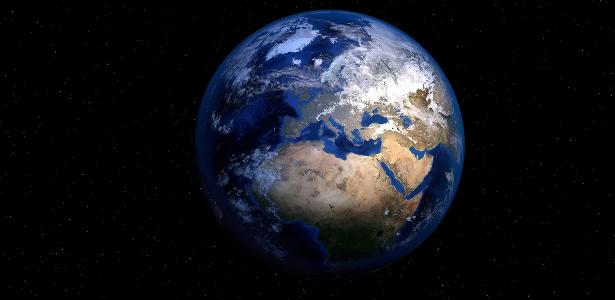
It took three or four billion years Homo sapiens Appear on the earth. If, at this time, there was only one climate catastrophe, we would no longer be here. For billions of years, our planet is stable and capable of living. But how lucky are we?
Toby TerrellA professor of systemic sciences of the Earth at the University of Southampton (England) explored the issue through computational modeling. Using a program, he created 100,000 imaginary planets and simulated the evolution of climate on each one. The whole study was Published in the journal Nature.
Some processes can cause rapid or slow climate change, including the greenhouse effect and melting of polar ice caps. Ice reflects sunlight, while water absorbs it, causing even more heat and melting. This is what we have lived here for.
To investigate the possibility that different planets are habitable through vast geological scales of time, the professor conducted 100 simulations on each of them. Each time, the place started with a different temperature, and was exposed to random climate-changing events, such as volcanic eruptions and asteroid impacts.
The planet was monitored until it managed to survive very hot, very cold or 3 billion years – a time when intelligent life would be possible.
result? Out of 100,000 digital planets, only one was able to respond so well to climate events and events that it was habitable in all 100 simulations.
Most other planets that survived any simulations were able to do so in less than ten of all their scenarios. And on almost every occasion that a site has been habitable for at least 3 billion years, it is pure and simple.
If an asteroid had hit Earth, or if the solar layers had become stronger, we might not have been on Earth.
But luck is not enough. Planets specifically programmed to respond to events have never been habitable. In other words: It’s very lucky, but it also requires skill – and Earth has these regulatory mechanisms.
Earth’s mysterious “thermostat”
Calculations say that in a few million years, our climate would have deteriorated so much that the Earth could turn into a ball of ice or fire – there are controversies about our apocalypse.
We also know that the sun is 30% brighter since the emergence of life. In theory, this means that all water on the planet has been frozen for 3 billion years (which is not true), or that our oceans would have evaporated by now (which is also not the case). It is a “paradox of young weak sun” raised by Carl Sagan and Mullen George in the 1970s.
Scientists have developed two main theories to answer this mystery. The first is that the Earth has some type of thermostat: one or more reaction mechanisms – not yet unveiled – that prevent the climate from escaping from lethal temperatures.
The second is that out of so many planets, some are just lucky. This hypothesis has become more plausible with discoveries and space exploration of recent decades. Astronomical observations of distant stars and exoplanets (outside of the solar system) tell us that there are other locations with terrain and temperatures suitable for life in the universe.
According to recent studies, the Milky Way alone may have at least 300 million potentially habitable planets like Earth. But they are so far away that we will never get there to find out if they were even lucky.



